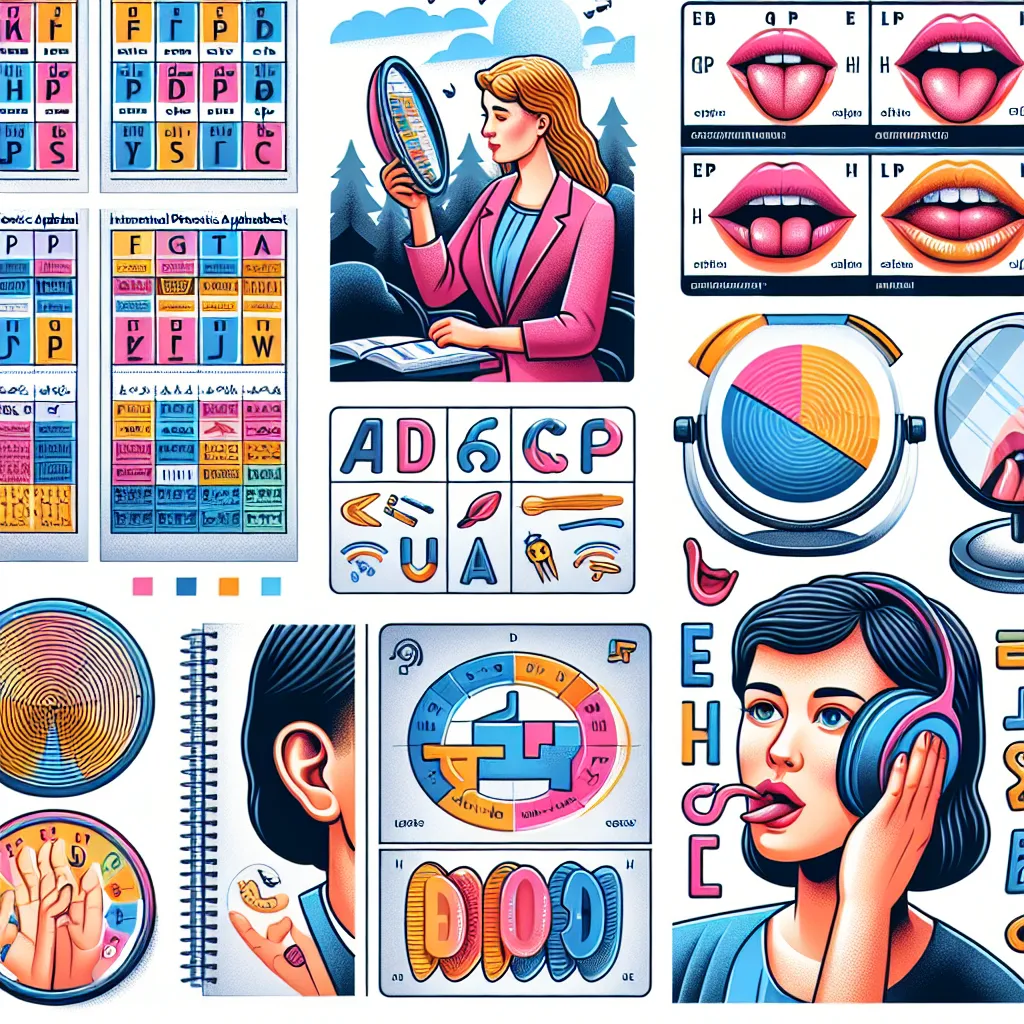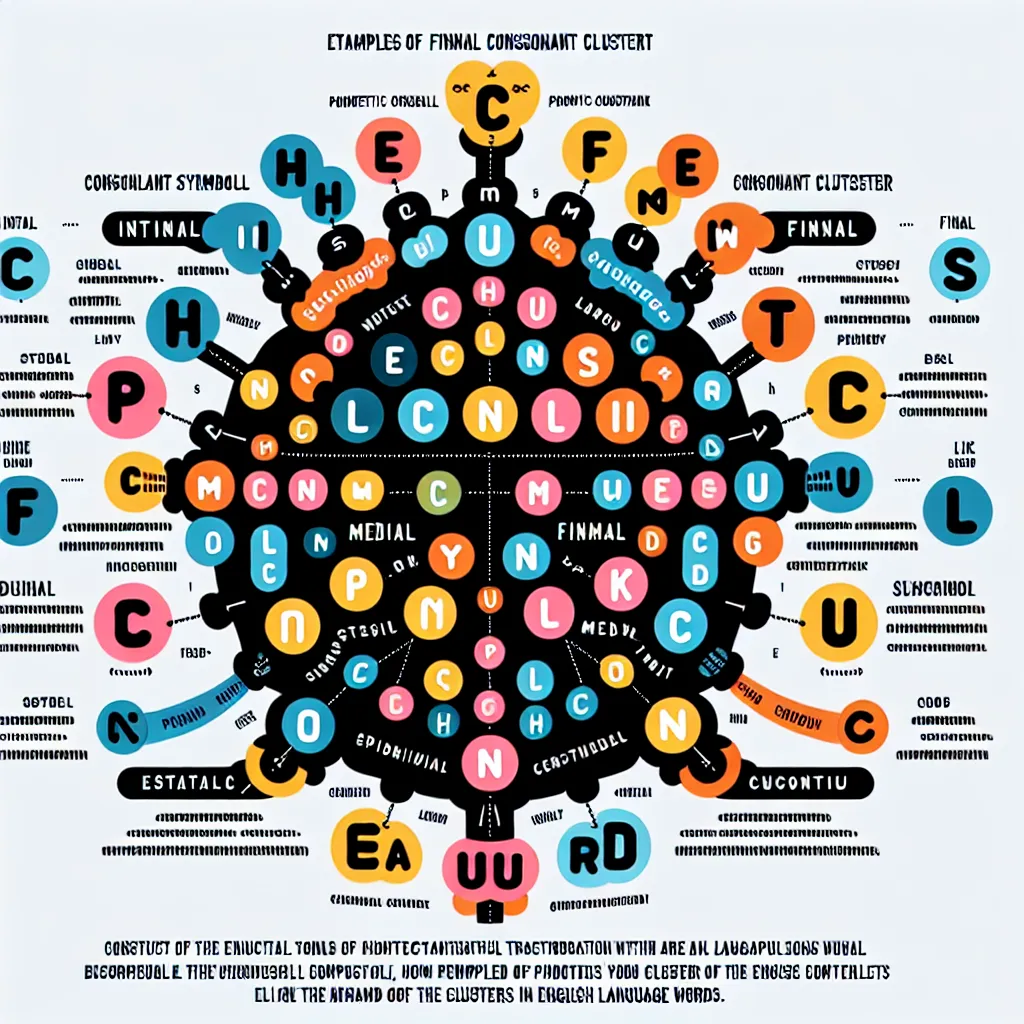Are you struggling to perfect your English pronunciation? Visual resources can be a game-changer in your language learning journey. In this comprehensive guide, we’ll explore effective methods to enhance your pronunciation skills using visual aids. Let’s dive in and discover how you can sound more like a native speaker!
Understanding the Importance of Visual Resources in Pronunciation
Visual resources play a crucial role in improving English pronunciation. They provide a tangible representation of sounds, helping learners to better understand and replicate the correct mouth and tongue positions. This multi-sensory approach can significantly accelerate the learning process.
 Visual Pronunciation Aids
Visual Pronunciation Aids
Types of Visual Resources for Pronunciation
- IPA Charts: The International Phonetic Alphabet (IPA) chart is a visual representation of all speech sounds.
- Mouth Diagrams: These show the correct positioning of the tongue, lips, and teeth for specific sounds.
- Video Tutorials: Watching native speakers articulate sounds can provide valuable visual cues.
- Mirror Practice: Using a mirror allows you to see and adjust your own mouth movements.
Benefits of Using Visual Resources
- Enhanced understanding of sound production
- Improved ability to mimic native speakers
- Faster progress in pronunciation skills
- Increased confidence in speaking English
Practical Techniques for Visual Pronunciation Learning
1. Mastering the IPA Chart
The IPA chart is an invaluable tool for learning English pronunciation. Here’s how to use it effectively:
- Study the chart regularly to familiarize yourself with all English phonemes
- Practice producing each sound while referring to the chart
- Use online interactive IPA charts for audio-visual learning
2. Utilizing Mouth Diagrams
Mouth diagrams can significantly improve your pronunciation accuracy:
- Analyze diagrams for problematic sounds
- Practice in front of a mirror, comparing your mouth shape to the diagram
- Focus on subtle differences between similar sounds (e.g., /θ/ in “thin” vs. /ð/ in “this”)
3. Leveraging Video Tutorials
Video tutorials offer a dynamic way to improve pronunciation:
- Watch videos of native speakers pronouncing difficult words
- Pay close attention to lip and tongue movements
- Try to mimic the speaker’s mouth shapes and intonation
- Use slow-motion playback for detailed observation
4. Incorporating Mirror Practice
Mirror practice is a simple yet effective technique:
- Set up a mirror in your study area
- Practice pronouncing words while watching your mouth movements
- Compare your articulation with mouth diagrams or video tutorials
- Focus on problematic sounds and make necessary adjustments
Common Pronunciation Errors and Visual Solutions
Many English learners struggle with specific sounds. Here are some common errors and visual strategies to overcome them:
-
Th-sound (/θ/ and /ð/):
- Error: Pronouncing as /t/ or /d/
- Solution: Use mouth diagrams showing tongue position between teeth
-
R-sound (/r/):
- Error: Rolling the ‘r’ or using a guttural sound
- Solution: Watch videos demonstrating the curved tongue position
-
Schwa sound (/ə/):
- Error: Over-pronouncing unstressed syllables
- Solution: Use IPA charts to identify and practice the neutral schwa sound
-
Silent letters:
- Error: Pronouncing all written letters
- Solution: Visual word lists highlighting silent letters
-
Vowel length:
- Error: Not distinguishing between long and short vowels
- Solution: Use visual representations of sound waves to show duration differences
The Phonemic Chart and Commonly Mispronounced Words
Understanding the phonemic chart is crucial for mastering English pronunciation. Here’s a simplified version of the English phonemic chart:
Consonants: /p/ /b/ /t/ /d/ /k/ /g/ /f/ /v/ /θ/ /ð/ /s/ /z/ /ʃ/ /ʒ/ /h/ /tʃ/ /dʒ/ /m/ /n/ /ŋ/ /l/ /r/ /j/ /w/
Vowels: /i:/ /ɪ/ /e/ /æ/ /ʌ/ /ɑ:/ /ɒ/ /ɔ:/ /ʊ/ /u:/ /ɜ:/ /ə/ /eɪ/ /aɪ/ /ɔɪ/ /əʊ/ /aʊ/ /ɪə/ /eə/ /ʊə/
Here are 10 commonly mispronounced words related to visual resources, along with their correct pronunciations:
- Chart: /tʃɑːrt/ (not /kɑːrt/)
- Diagram: /ˈdaɪəɡræm/ (not /ˈdɪəɡræm/)
- Visual: /ˈvɪʒuəl/ (not /ˈvɪsuəl/)
- Tutorial: /tjuːˈtɔːriəl/ (not /ˈtuːtəriəl/)
- Resource: /ˈriːsɔːrs/ (not /rɪˈsɔːrs/)
- Phoneme: /ˈfəʊniːm/ (not /ˈfɒniːm/)
- Image: /ˈɪmɪdʒ/ (not /ˈɪmeɪdʒ/)
- Technique: /tekˈniːk/ (not /ˈteknik/)
- Articulation: /ɑːˌtɪkjuˈleɪʃn/ (not /ɑːˌtɪkəˈleɪʃn/)
- Vowel: /vaʊəl/ (not /vɒwəl/)
Practice these words using the phonemic transcriptions and visual aids to improve your pronunciation accuracy.
Conclusion
Improving your English pronunciation using visual resources is an effective and engaging approach. By incorporating IPA charts, mouth diagrams, video tutorials, and mirror practice into your learning routine, you can make significant strides in your pronunciation skills. Remember, consistent practice and patience are key to achieving natural-sounding English pronunciation.
For more pronunciation tips and exercises, check out our related articles on how to master English pronunciation in conversation and pronunciation tips for better English communication. Keep practicing, and you’ll be amazed at your progress!




